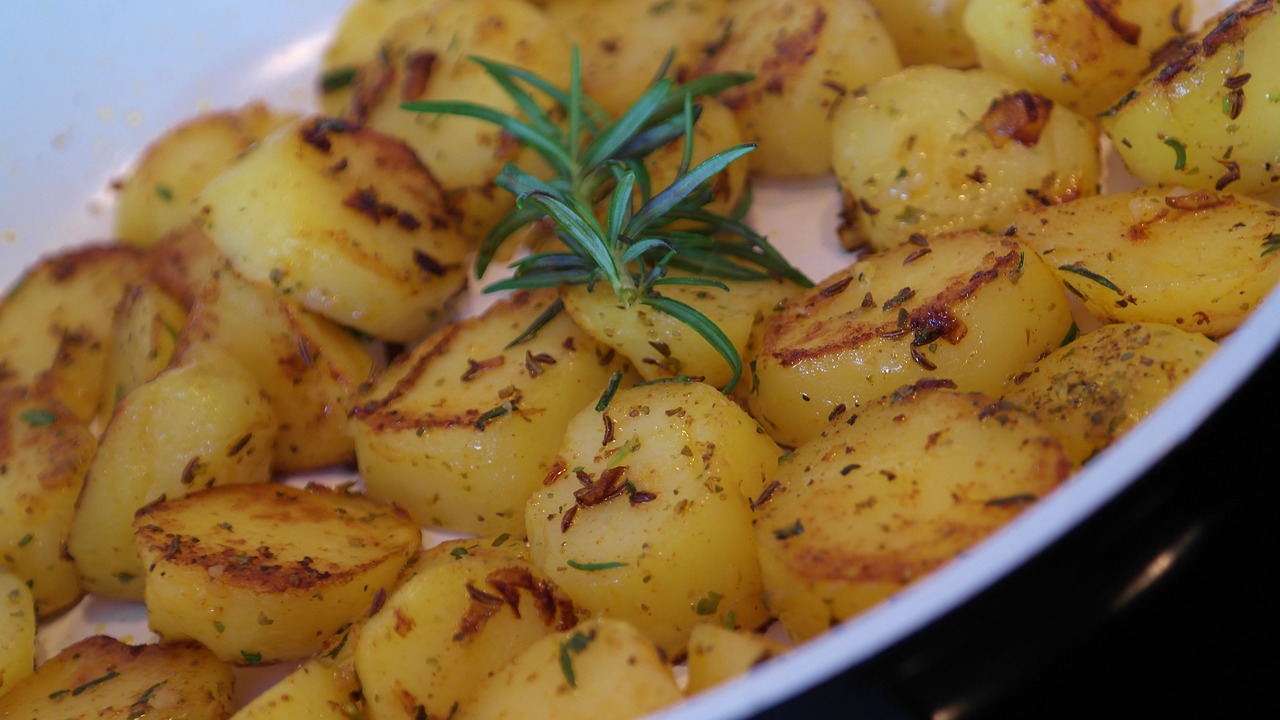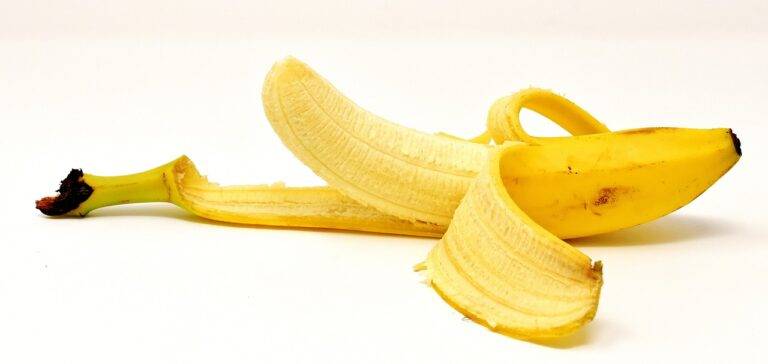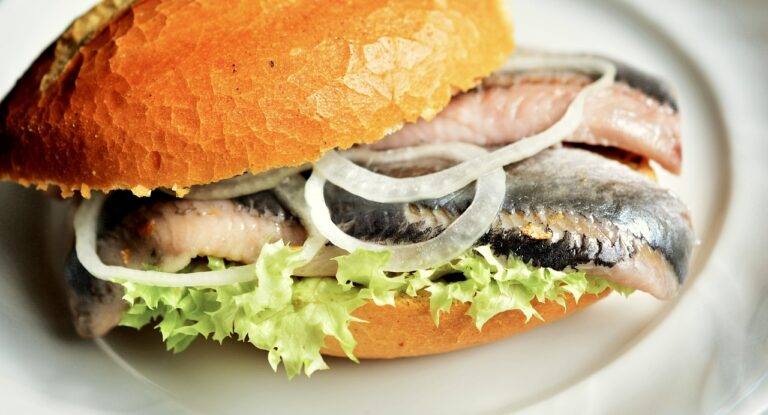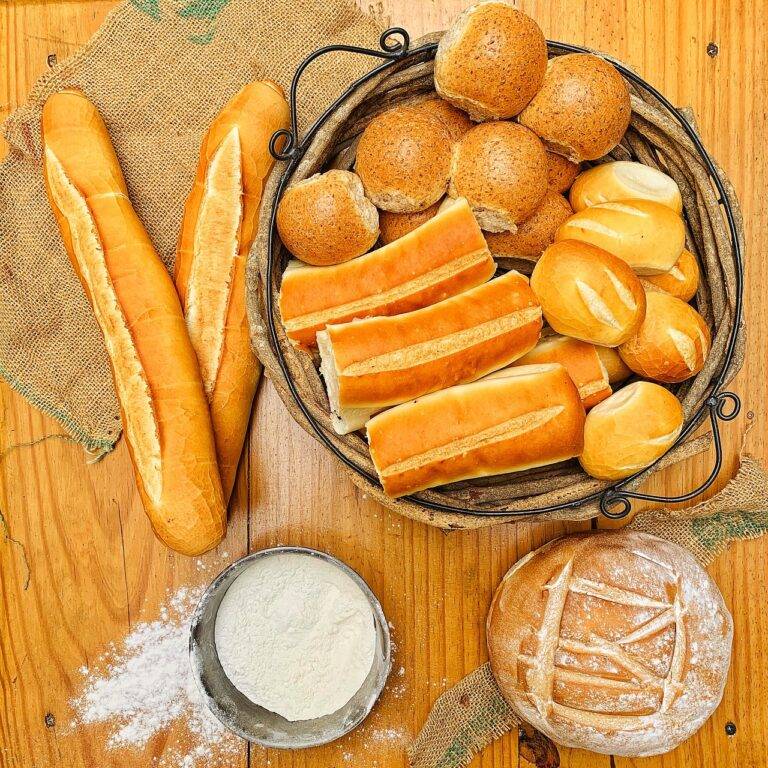The Science of Food Preservation: Exploring the Role of Salt, Sugar, and Acid.
Preserving food has been a crucial practice for centuries, allowing us to store produce for extended periods while maintaining its quality and safety. Without preservation methods, food would quickly spoil, leading to waste and scarcity. By harnessing various techniques such as drying, canning, and fermenting, we can ensure a stable food supply year-round.
In addition to preventing food spoilage, preservation also plays a vital role in enhancing flavors and textures. Certain preservation methods, like smoking or pickling, infuse foods with unique tastes that add depth to dishes. With preservation, we can savor seasonal ingredients throughout the year and enjoy a diverse and flavorful culinary experience.
Understanding the Role of Salt in Food Preservation
Salt has been used for centuries as a key ingredient in food preservation. Its ability to draw out moisture through a process called osmosis helps inhibit the growth of harmful bacteria, mold, and yeast that can spoil food. By reducing the water content in food, salt creates an environment where microorganisms struggle to survive, thus extending the shelf life of various foods.
Furthermore, salt also enhances flavor in preserved foods by interacting with other components in the food matrix. It can help balance sweetness, enhance umami flavors, and create a more favorable taste profile overall. Additionally, salt can act as a natural preservative in various forms, such as dry salting, pickling, or brining, making it a versatile ingredient in food preservation techniques.
Why is preservation important in food?
Preservation is important in food to prevent spoilage, extend shelf life, and maintain the quality and safety of the food products.
How does salt help in food preservation?
Salt helps in food preservation by inhibiting the growth of bacteria, yeasts, and molds that can cause food spoilage. It works by drawing out moisture from food and creating a hostile environment for these microorganisms.
What types of foods are commonly preserved with salt?
Foods that are commonly preserved with salt include meats, fish, vegetables, and fruits. Salt is also used in pickling and fermentation processes to preserve foods.
How much salt is needed for effective food preservation?
The amount of salt needed for effective food preservation can vary depending on the type of food and the preservation method being used. It is important to follow specific recipes and guidelines to ensure the proper use of salt in food preservation.
Are there any risks associated with consuming preserved foods with salt?
Consuming foods preserved with salt in moderation is generally safe for most people. However, excessive salt intake can lead to health issues such as high blood pressure and cardiovascular diseases. It is important to balance salt consumption with a healthy diet and lifestyle.





